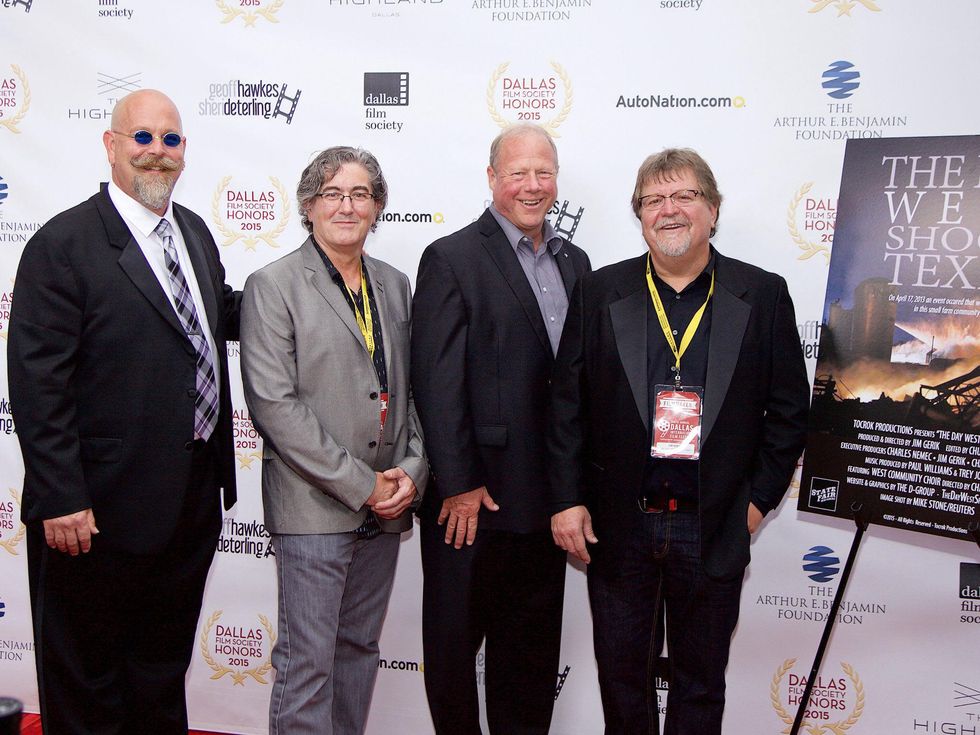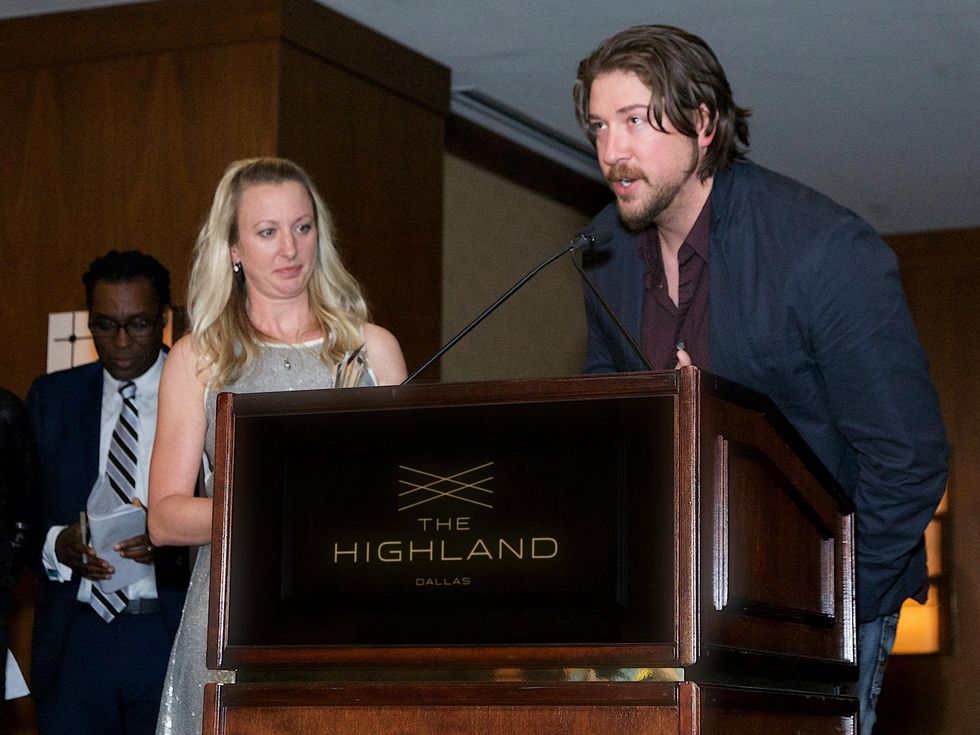The first Sonic the Hedgehog movie in 2020 was one of the few video game adaptations that managed to appeal to both fans of the Sega game and those who just want to watch a fun movie. As the series moved into a second and now third film, though, it’s become increasingly reliant on giving the video game fans what they want, with not as much attention paid toward simply telling a good story.
In Sonic the Hedgehog 3, Sonic (voiced by Ben Schwartz) continues to live with human friends Tom (James Marsden) and Maddie (Tika Sumpter), as well as Tails (Colleen O’Shaughnessey) and Knuckles (Idris Elba), who stuck around after the events of the second film. Dispensing with any kind of narrative coherence, the trio is called away by an undefined military force to help with the escape of Shadow (Keanu Reeves), another alien hedgehog who has been locked away off the coast of Japan for many years.
Suffice it to say that the trio does not initially fare well against the powerful Shadow, forcing Sonic to do the unthinkable: Ask his nemesis, Dr. Ivo Robotnik (Jim Carrey), for help. What Sonic doesn’t anticipate is that Shadow has a history that left him with a grudge against most of human society, and he’s intent on using his powers - with a little help from his former mentor, Gerald Robotnik (also Carrey) - to exact his plans for revenge.
Made by the same team of director Jeff Fowler and writers Pat Casey, Josh Miller, and John Whittington from Sonic the Hedgehog 2, the film is a combination of manic action, jokey sequences, and a dash of heart. The addition of Shadow ups the mayhem considerably, and the filmmakers rarely slow things down (although, oddly, the super-speed of Sonic and company feels lessened this time around).
The initial casting of Carrey gave the comic actor permission to indulge in whatever wackiness he could imagine, and giving him two roles in this film means double the nonsense. Ivo and Gerald (who’s Ivo’s grandfather, for the record) face off in a number of silly scenes, none more absurd than a dance sequence aboard a space station threatening to explode Earth (yeah, this movie is a lot).
Does the plot make a lick of sense? Absolutely not, but the filmmakers seem to acknowledge that fact, throwing anything and everything at the screen to try to entertain kids and/or fans of the video game series. It should come as no surprise that the end credits tease yet more characters from the video games joining the franchise, making it abundantly clear who is expected to get the most enjoyment out of the series going forward.
In addition to Carrey, the voice actors continue to make the characters fun. Schwartz and O’Shaughnessey provide the cartoon-style acting, while Elba and now Reeves give a nice counterbalance with their deep and serious voices. Marsden and Sumpter aren’t given much to do this time around, and Krysten Ritter shows up as Director Rockwell, a character who’s mostly there to move what little plot there is further along.
A four-quadrant movie is one that appeals to all ages and genders; Sonic the Hedgehog 3 is a one or maybe two-quadrant movie at most. But it’s more fun than the other family-friendly offering this Christmas season, and fans of the video game will likely love the depiction of their favorite characters on screen, so it’s doing something right.
---
Sonic the Hedgehog 3 is now playing in theaters.











